Affiliate links on Android Authority may earn us a commission. Learn more.
The ultimate guide to Gmail: Do you know about all of these features?
Published onAugust 8, 2022
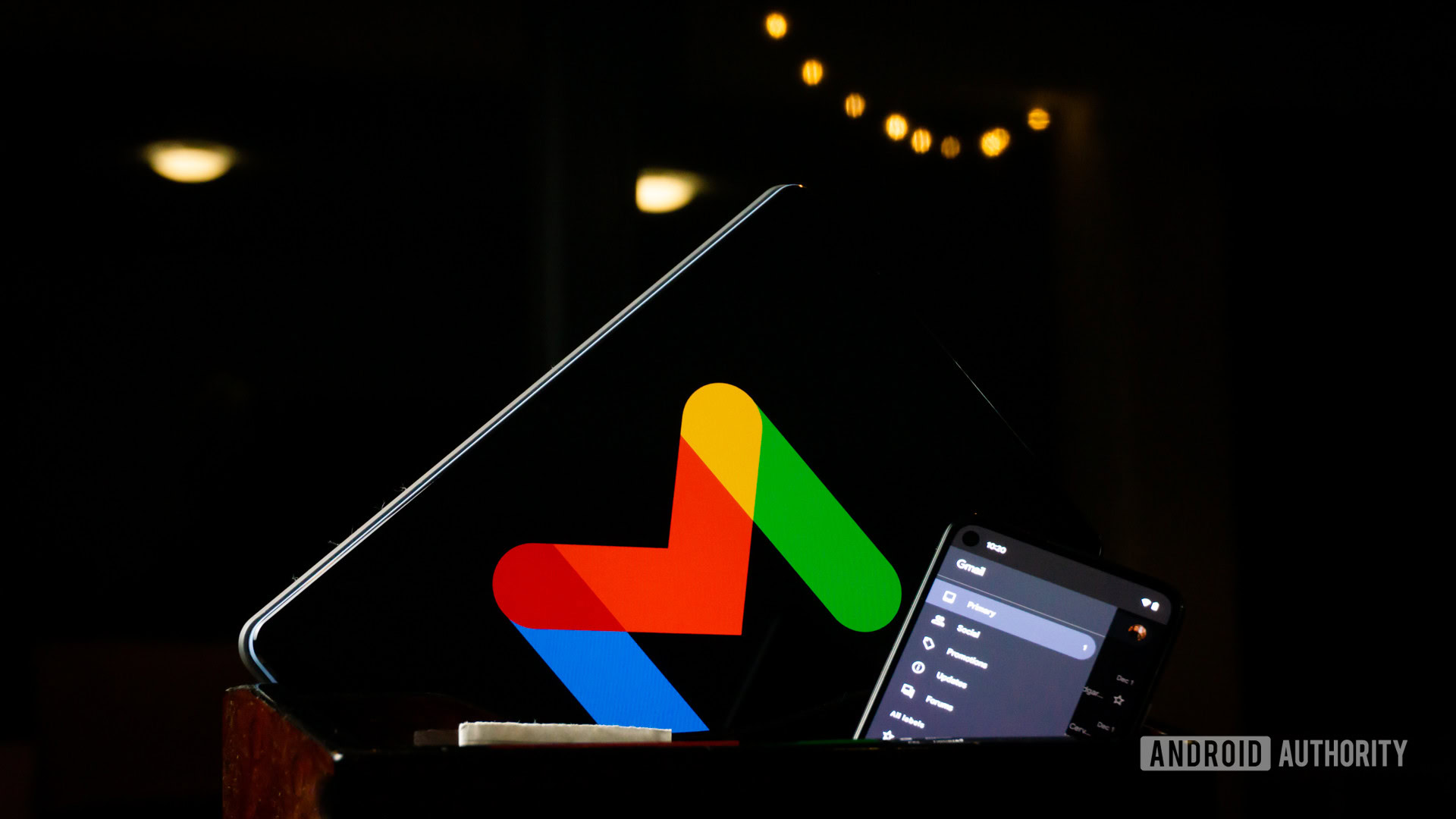
Gmail has become the most popular email service in the world, ever since it was introduced back in 2004. Granted, it doesn’t have an excellent track record regarding privacy, but for pure ease of use and great features, nothing can touch the Google behemoth. There are so many Gmail features that it can often be challenging to track them all. So here’s Android Authority’s ultimate guide to the Gmail features you knew existed and some you may not have known about.
Read also: How to set up and use Gmail in Outlook
What is Gmail?
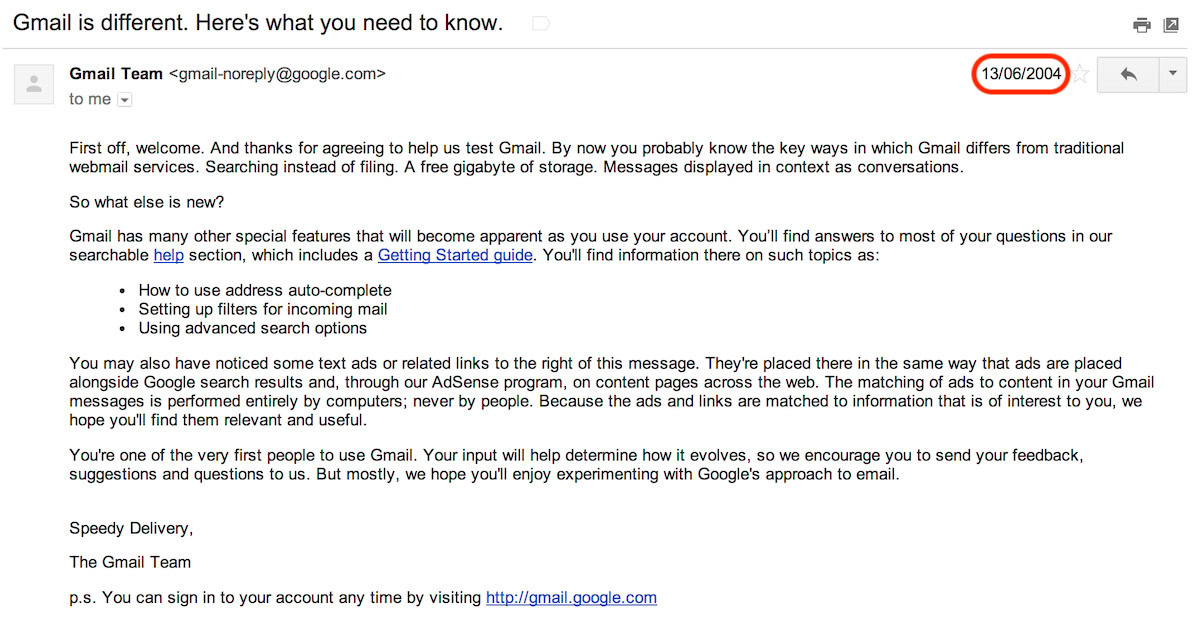
Gmail is the email service set up and run by Google since 2004. At first, it was an invite-only service, but eventually, Google opened it up to anybody who wanted in. It was revolutionary at the time because it offered more storage space and features than any other email platform at that point. In fact, Google claimed we would never have to delete another email ever again. #
Since its 2004 start, the service has come a very long way, with Gmail features being dropped and new ones being added all the time. It’s a constant work in progress.
Is Gmail free?
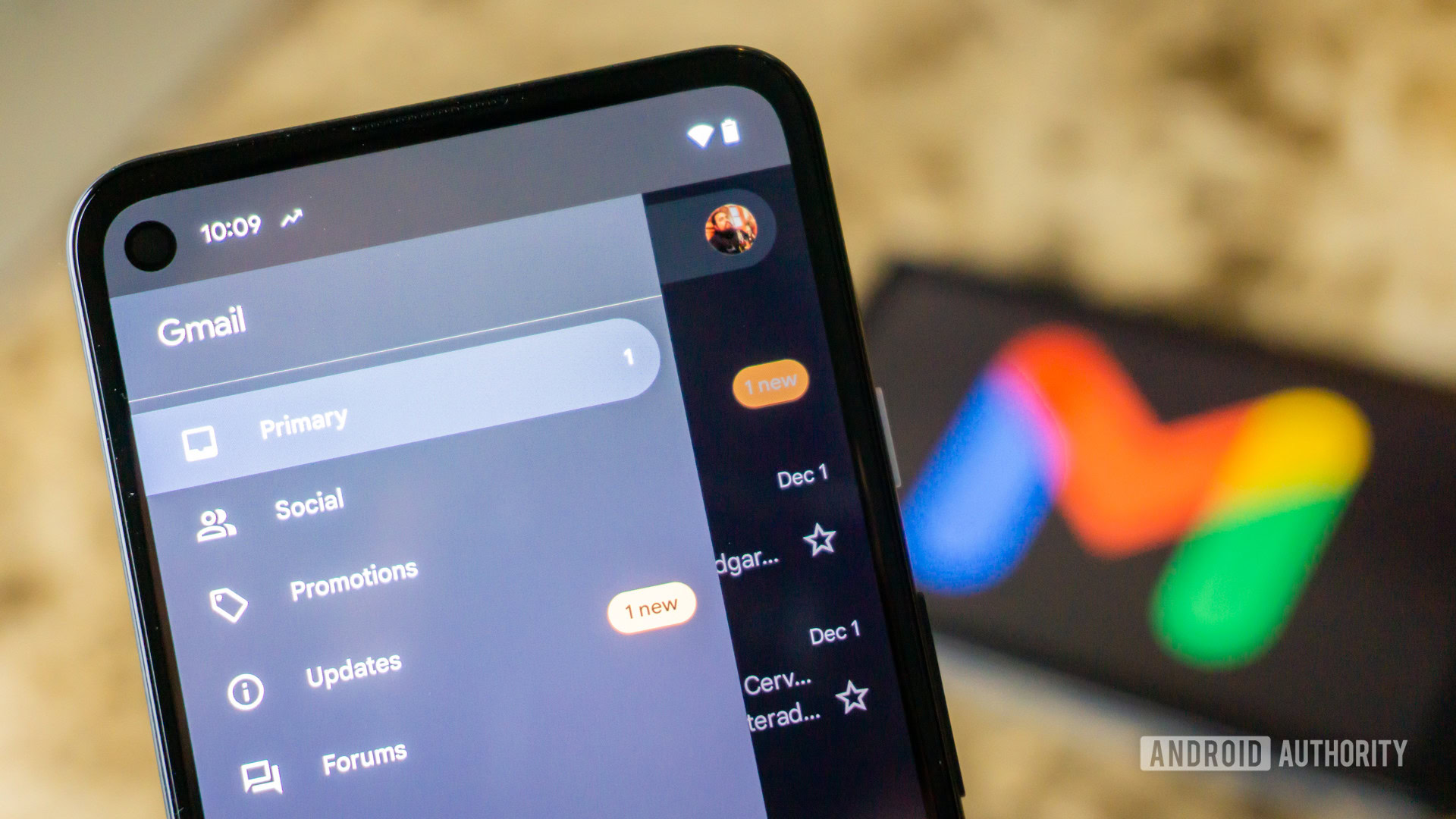
The standard vanilla Gmail service is free of charge and comes with 15GB of storage free of charge. Since this 15GB also covers your space in Google Drive and Google Photos, you can upgrade your storage if you decide you need more space.
However, if you need to connect your domain email to Gmail (something like john.doe@example.com), you’ll have to upgrade to the paid Google Workspace. The cost of Google Workspace depends on how many email addresses you create on your domain. Each email address works out at only a few dollars a month, and again, space can be upgraded, depending on your needs.
Why use Gmail?
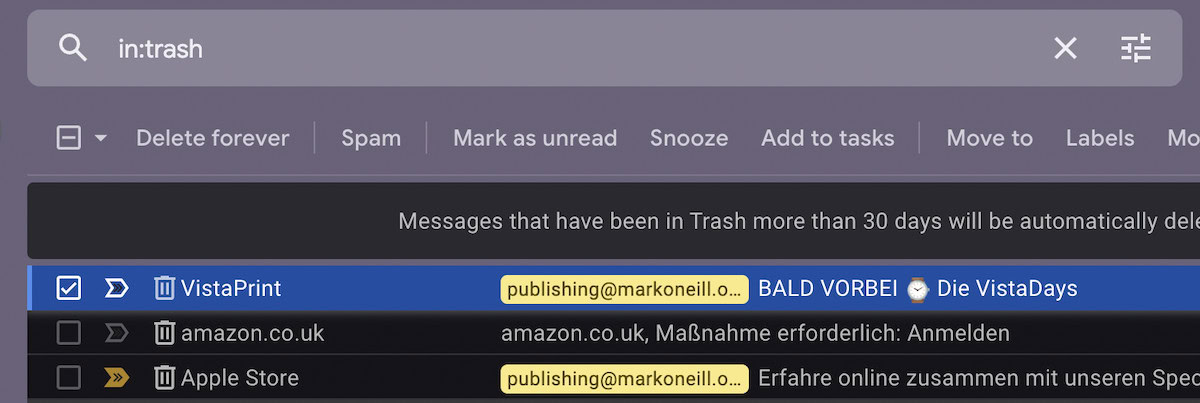
There are many reasons why Gmail has surged to the head of the email pack.
First of all, being a Google product, Gmail’s search functionality is second to none. Whether it’s finding old archived emails or hunting down important attachments, you can quickly get to what you need with the search bar, labels, and sorting capabilities. You can also delete your Gmail history if it becomes annoying or embarrassing. You can even set up filtering rules, so labels are automatically applied, and some emails don’t even hit your inbox.
Is Gmail available in my country?

On the whole, Gmail and all associated Google services are available globally. However, there are some countries where the government has blocked Google for political reasons. One classic example is China. Russia briefly blocked Gmail and other Google services in their dispute over Telegram, but this ban has now been lifted. Some other countries may also restrict access to Gmail. And Google may hold off from offering it to others.
As with all political situations, things can change at any time, with restrictions being lifted in some places and newly enforced in others. But in general, Gmail is available in most places across the world.
How many Gmail accounts can you have?
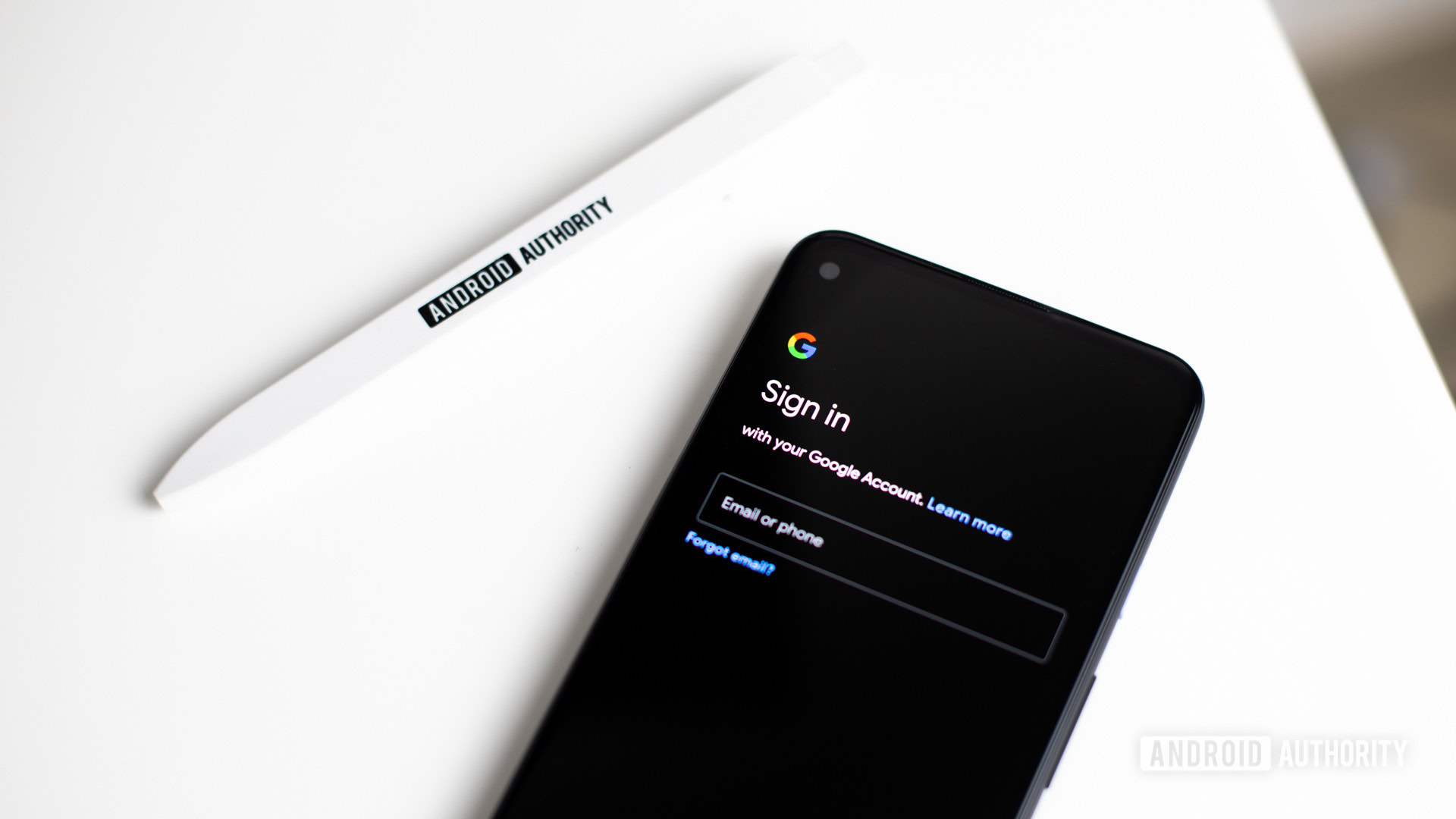
There’s no limit to the number of Google/Gmail accounts you can have. But for the purposes of adding a phone number to the account, you’re restricted to four Google/Gmail accounts per unique mobile number.
How do I set up a Gmail account?
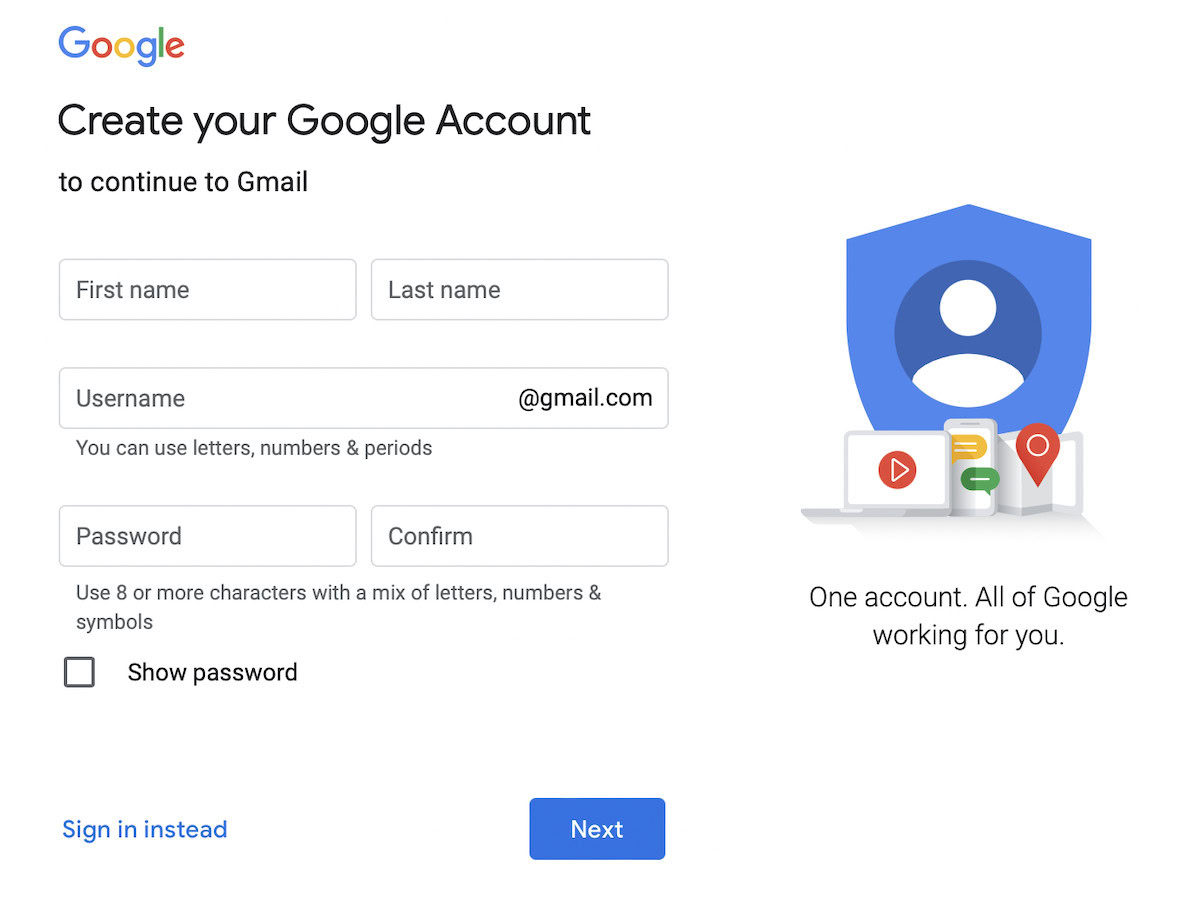
It’s very easy to set up a new Gmail account. All you need to do is go to the main Gmail page and click the link for a new account. Follow the instructions on-screen. Remember that Gmail addresses are not case-sensitive, but you should still keep everything lower-case for the sake of an easy life! Plus, although the username part of the email address can’t be changed later, you can still change the name that appears in the From: section.
Also, remember that Google doesn’t provide an account creation date, so if you need it for account recovery purposes, you should keep a backup of the Gmail welcome email in a safe place.
How do I delete a Gmail account?
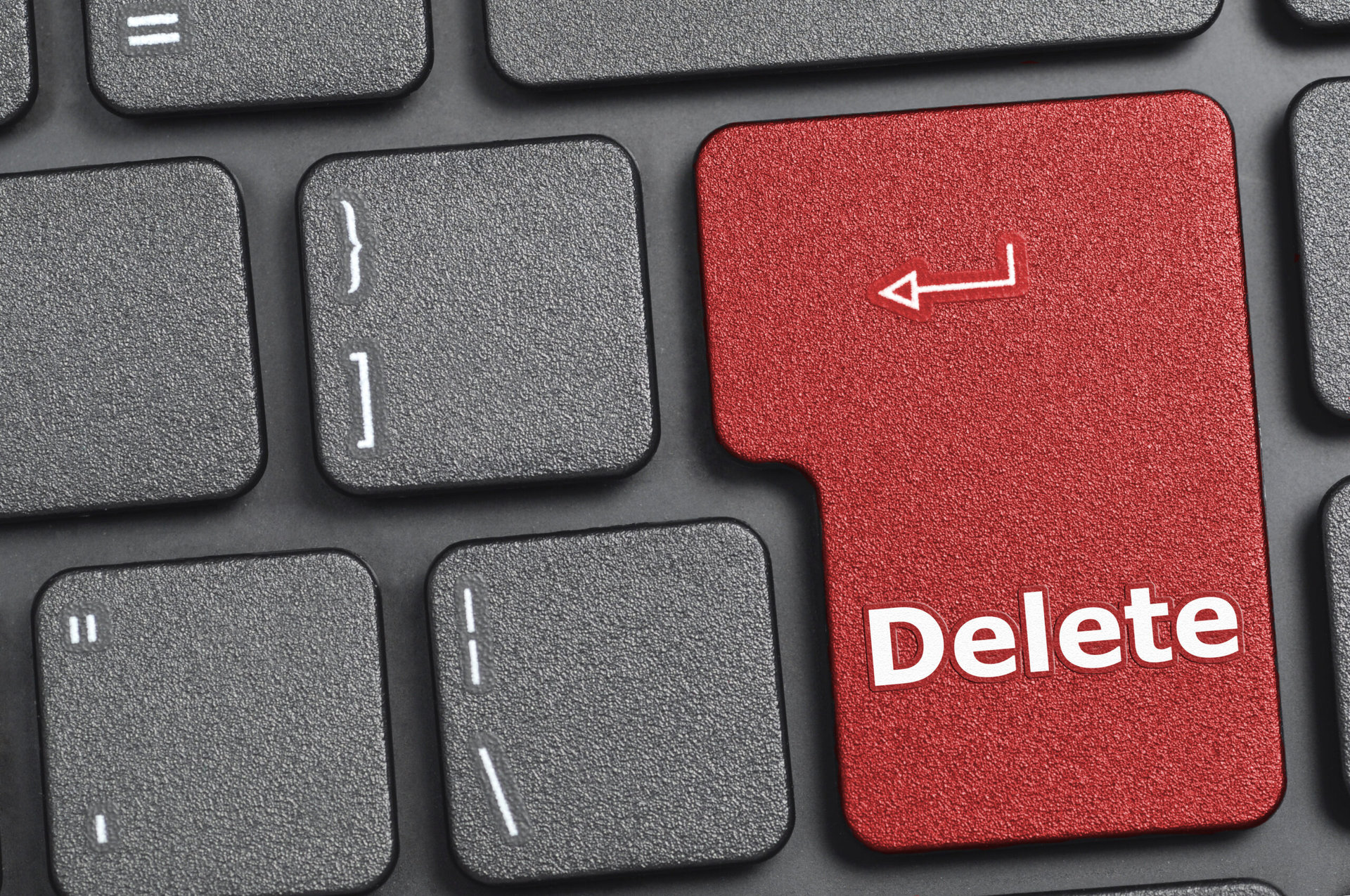
It’s straightforward to delete a Google account, and if you want, you can delete Gmail, but not the other associated Google services. You need to go to your Google Account page to get started. If you delete your Google/Gmail account and then have a change of heart, you have a brief window of opportunity to recover it. But don’t hang about. The longer you wait, the slimmer your chances of getting the account back.
You may find it easier to delete all the emails in your Gmail account. Or remove the Google account from your phone (after signing out first), and forget all about it. Eventually, Google will deactivate the account due to inactivity.
How do I recover a Gmail account if I’m locked out or hacked?
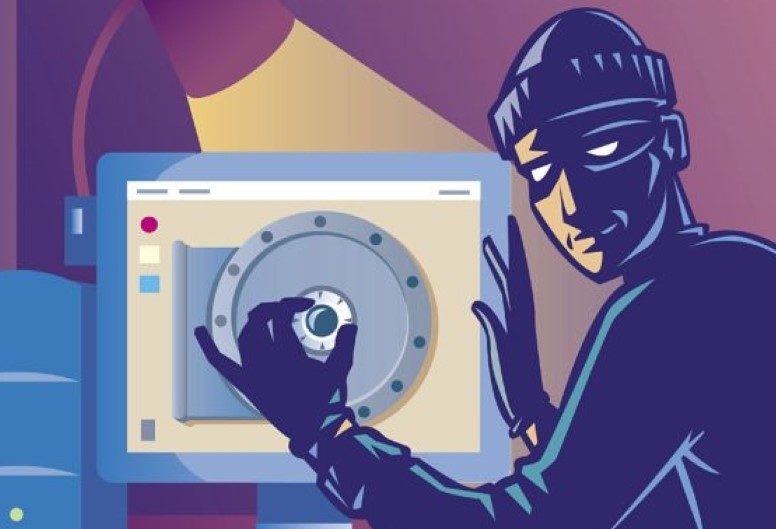
Because Gmail is the most popular and most used email service, Gmail users are a big target for hackers. There’s also a fair chance that, at some point, you will find yourself locked out of your account.
Google has a set procedure for users locked out of their account (spoiler alert: it helps tremendously to have a registered phone number or backup email address). To decrease the risk of having your Gmail account hacked, you should switch on two-factor authentication and use an authenticator app. It may be a pain jumping through the extra hoop, but needless to say, it’s a lot better than losing your account to a hacker.
How can I bypass Gmail’s sending limits?
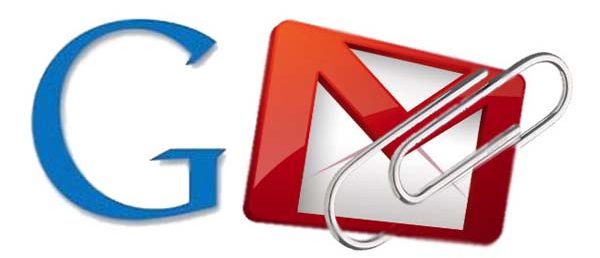
You should not use Gmail for mass emailing. If you do so, you’re risking your account being suspended by Google for misuse. Smaller mailing groups in Gmail are fine, though. They work great if you belong to a club, informal group, or office environment.
For personal accounts, Google currently imposes a limit of 500 emails every 24 hours (or one email to 500 participants). If you have a paid Google Workspace account, this limit rises to 2,000 emails every 24 hours.
Regarding attachments, Gmail imposes a strict limit of 25MB per attachment. There are some creative ways to get around this limitation, such as uploading the file to Google Drive or Dropbox and zipping email folders to compress them.
How can I change my Gmail password?
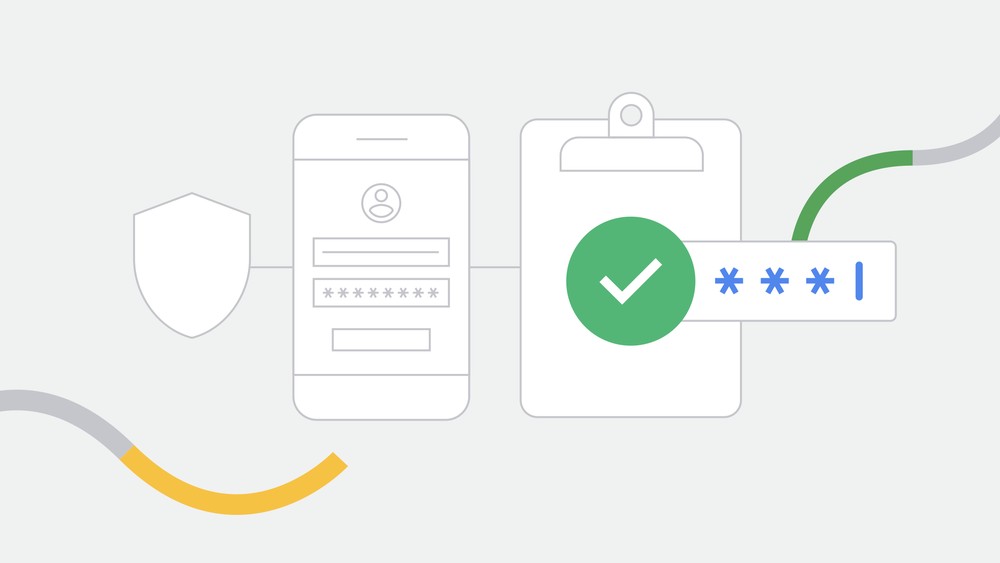
For the sake of good email security, you should ideally change your Gmail password every six to eight weeks. Changing your Gmail password is very easy, and you should also remember to update any password manager you may be using.
What is IMAP in Gmail?
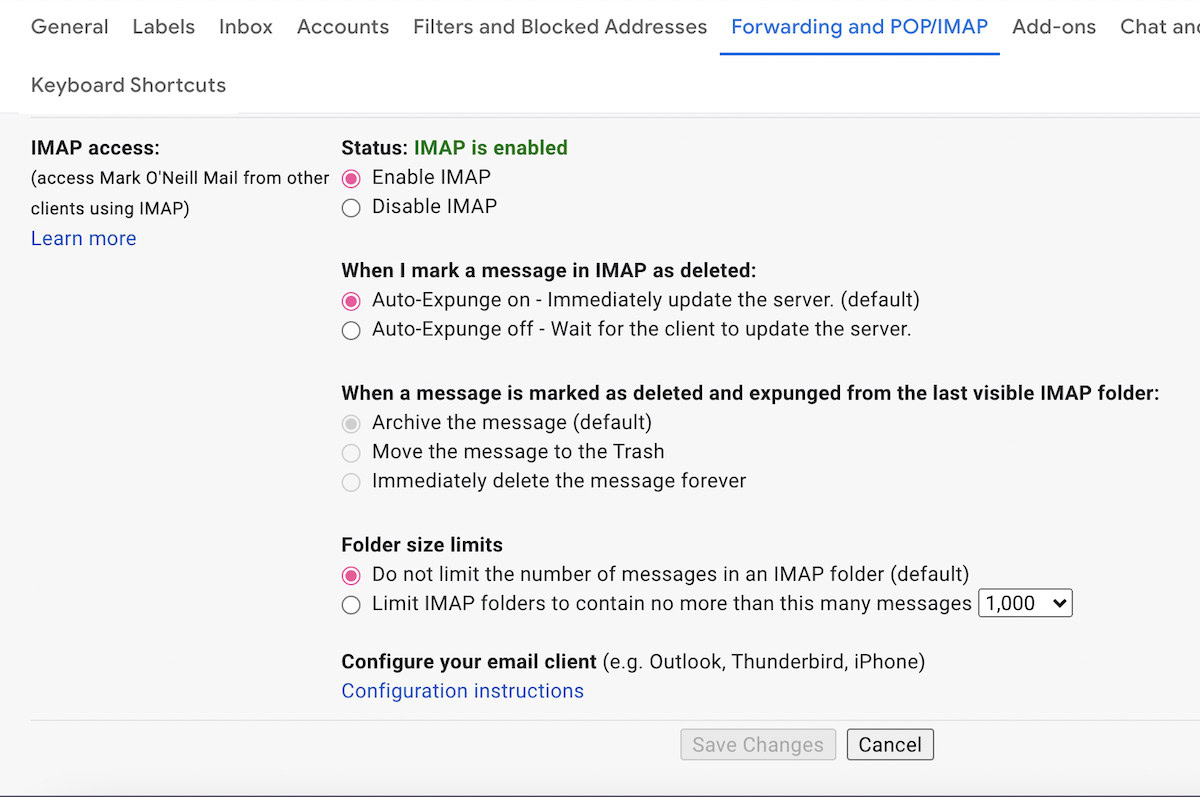
IMAP is a feature that has largely replaced the POP protocol. When you’re using a local email program, such as Outlook, to access your emails, you need either POP or IMAP to transfer your emails. However, POP only downloads a copy of your emails to the local email program. If you reply to emails on your computer or delete anything, those changes aren’t reflected in your online account.
IMAP, on the other hand, is a two-way process. It downloads your emails to your computer and syncs your changes back to your online account.
How do I encrypt my email in Gmail?
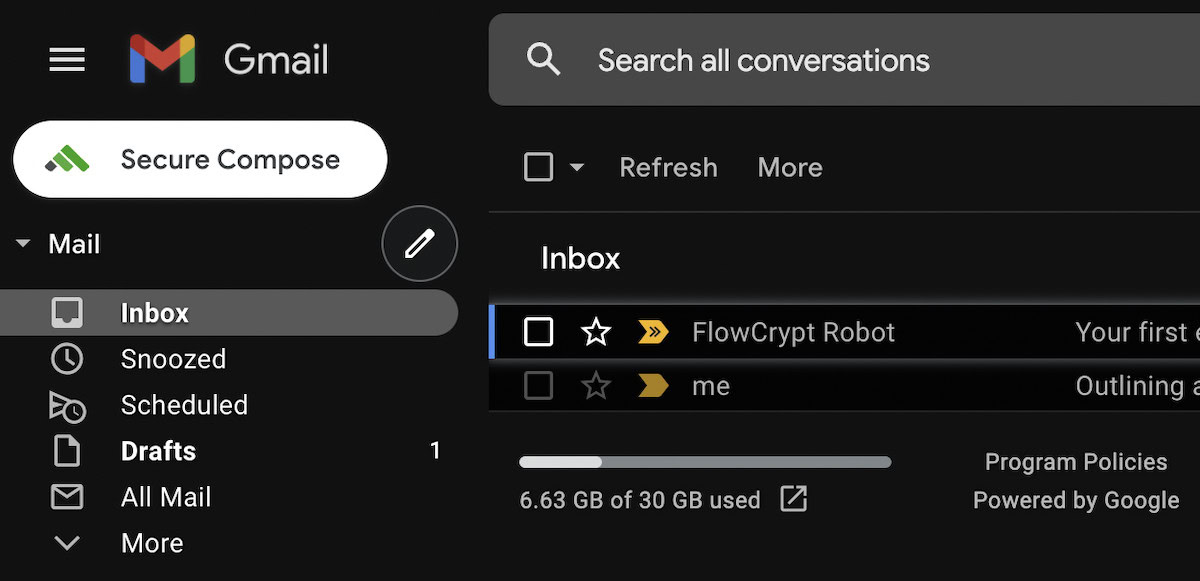
Gmail currently doesn’t have an encryption function built-in, so you’ll need to rely on a third-party extension to do the job for you. The best one is FlowCrypt, and once you install the free extension, follow the on-screen prompts. It works using the PGP encryption protocol, but you don’t need to know about PGP to use FlowCrypt. The extension does an excellent job of doing the heavy lifting for you.
How can I forward emails from another platform to Gmail?
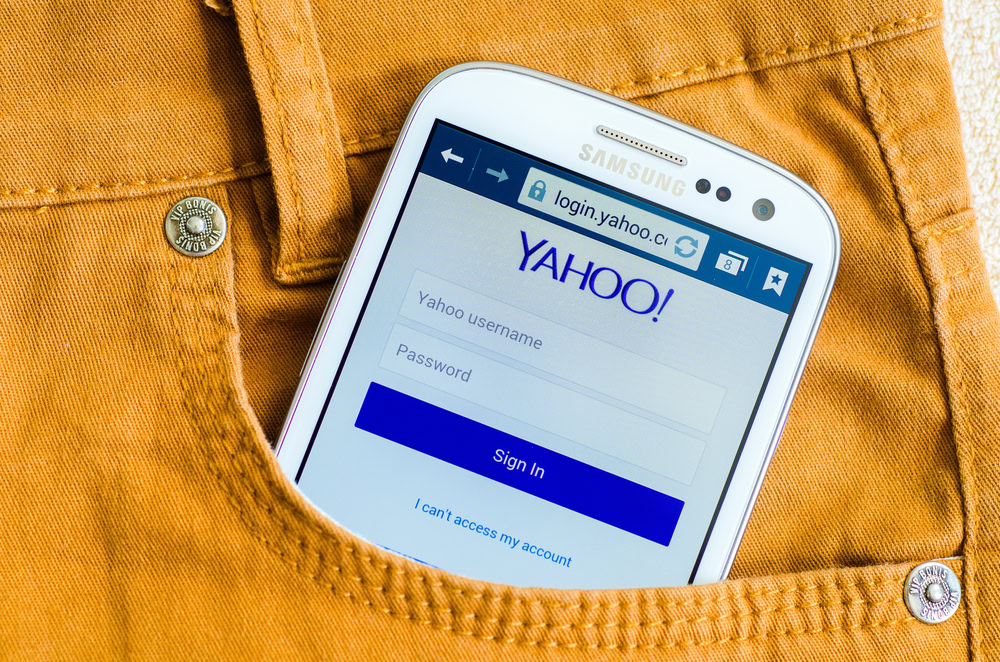
If you’re sold on Gmail, and you don’t want to use any other email platform ever again, then it’s time to start forwarding those emails. Most email platforms — except AOL apparently — support forwarding to another email service. The two main services — Yahoo and Outlook — make the whole process very easy. However, Yahoo only allows email forwarding if you’re using their paid plan.
What can I do if my Gmail is not receiving emails?
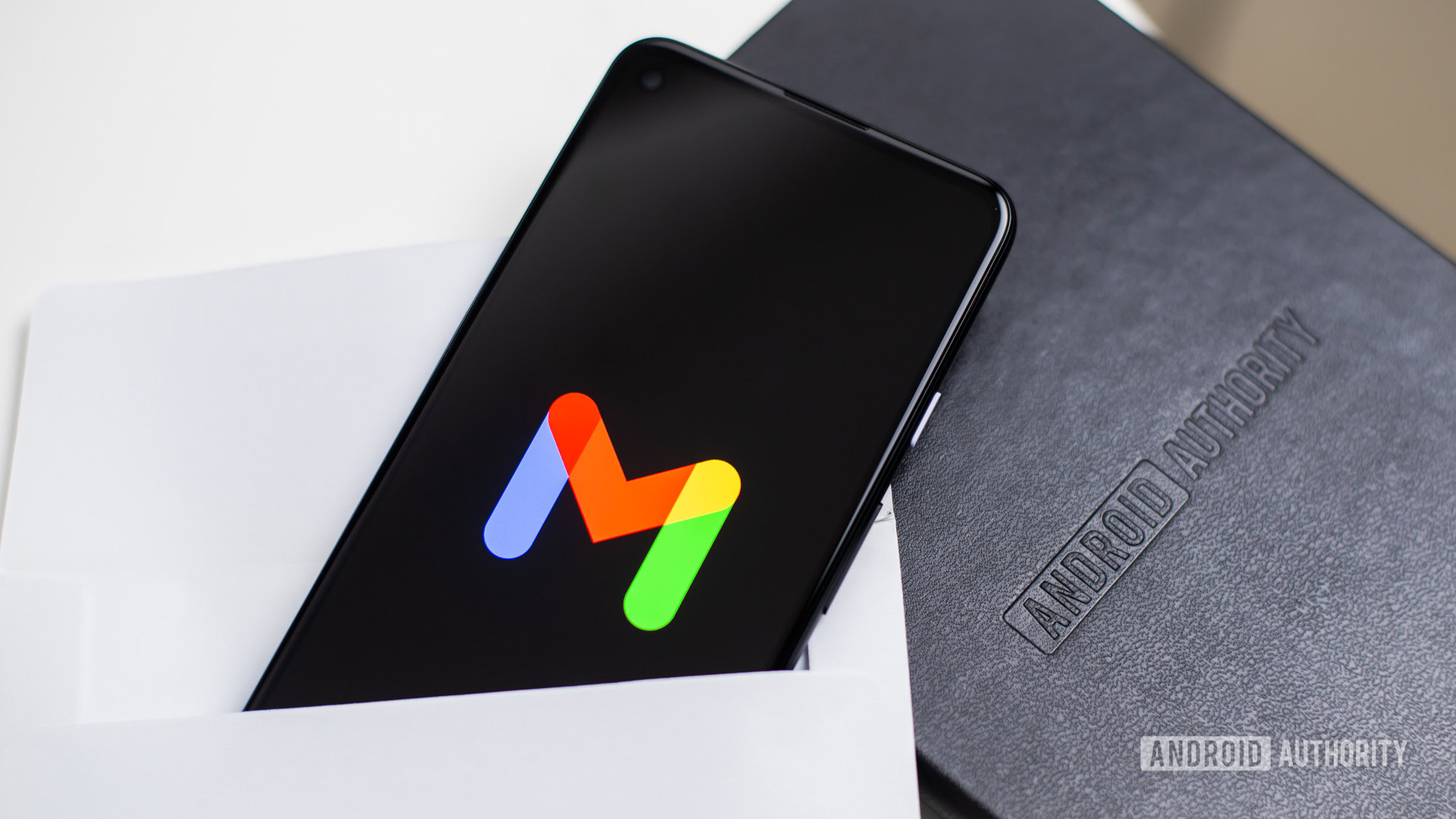
Gmail has a good record for uptime and not suffering too many snafus and outages. However, there will be times when your emails may not be coming through as they should be. This is where our excellent troubleshooting guide will save the day. Whether you’ve run out of storage, you have a malfunctioning filter, your IMAP settings need fixing, or you’re running into issues with other Gmail features, you’ll soon find the cause.
How can I send and receive faxes from my Gmail account?
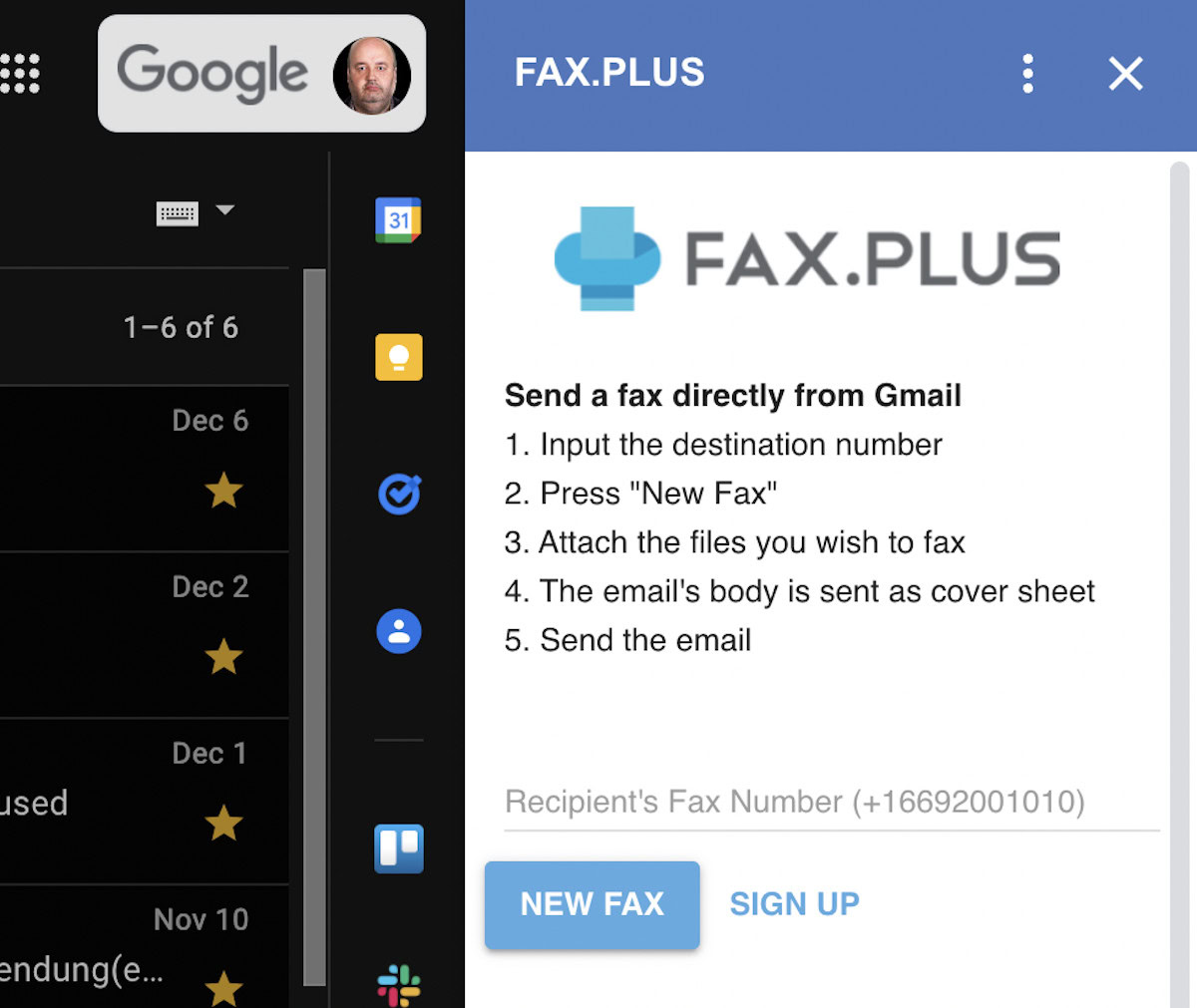
Yes, modern technology is suddenly colliding with 1990s technology! If you have to deal with anyone still clinging to their beloved fax machines, you can use Gmail to send a fax to them. If you’re willing to pay a monthly fee, you can set up a virtual fax number to receive faxes in your Gmail inbox. When you set up a new fax account with Fax Plus, you can send up to ten pages before being charged a nominal fee per page.
How can I set up automatic email reminders in Gmail?
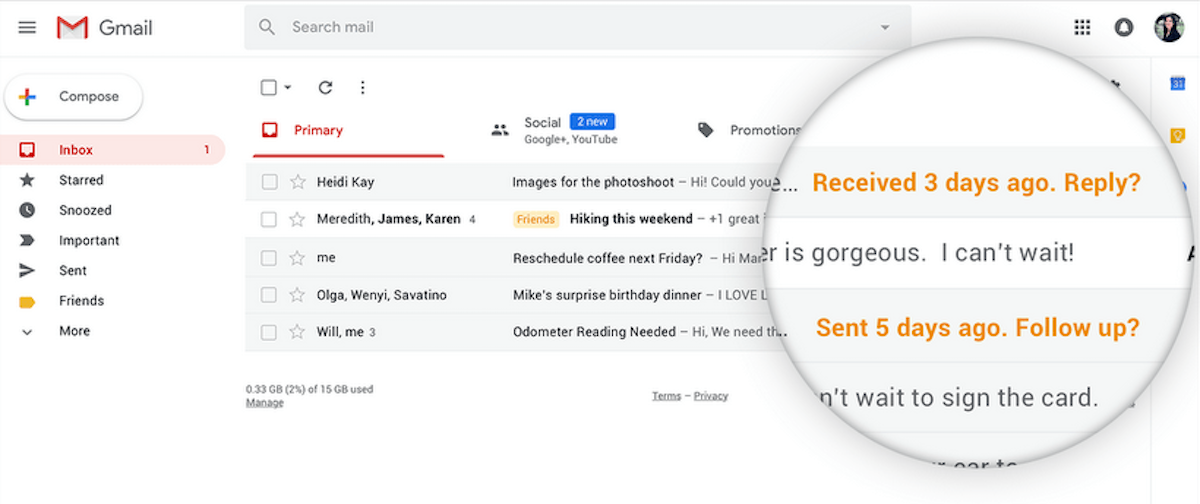
Gmail is now turning into your mother or spouse by nagging you to reply to emails. It will also scan your Sent box to see which of your emails have not been answered by the recipient so that you can chase them up. Useful? Perhaps to some people. But if you don’t like it, you can easily switch off this feature in the settings.
Read also: The best Gmail apps for productivity and more
How to set up email templates in Gmail
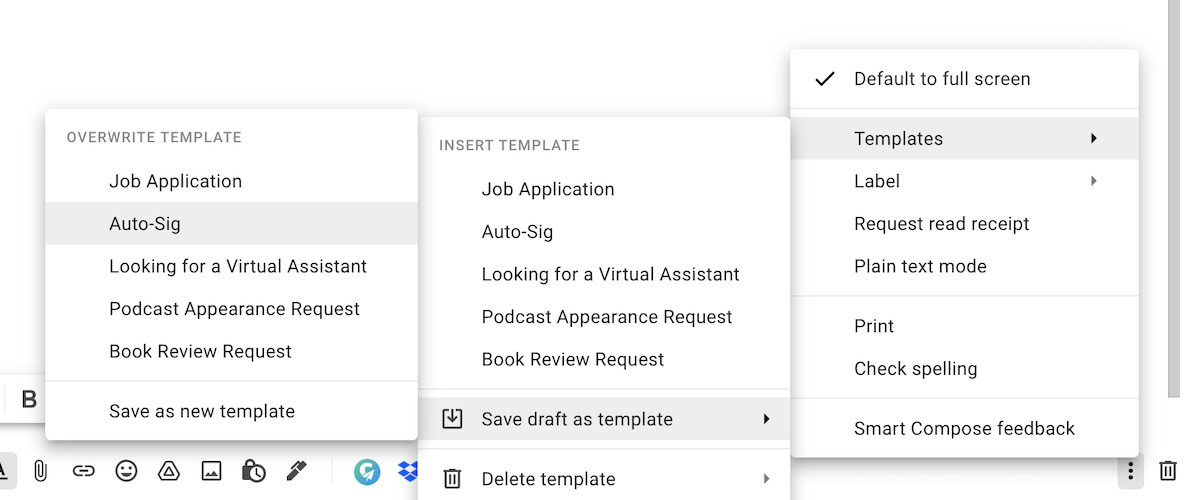
Gmail is also determined to save you as much typing time as possible with this productivity feature. If you find yourself typing the same email repeatedly, you can turn it into a template. Then, select the template next time you need it, and the email window will be prepopulated with the text. This one will change your life if you do a lot of emailing every day.
How do I add or change a signature in Gmail?

If you use your email for work or simply want to present a professional image, setting up an automatic email signature is necessary. Gmail makes this simple. Go into the settings, then the General tab, then scroll down. You can insert HTML and an image, but on the whole, formatting options are a little on the thin side. Saying that, your Gmail signature shouldn’t have too many bells and whistles in it anyway.
How do I print emails in Gmail?
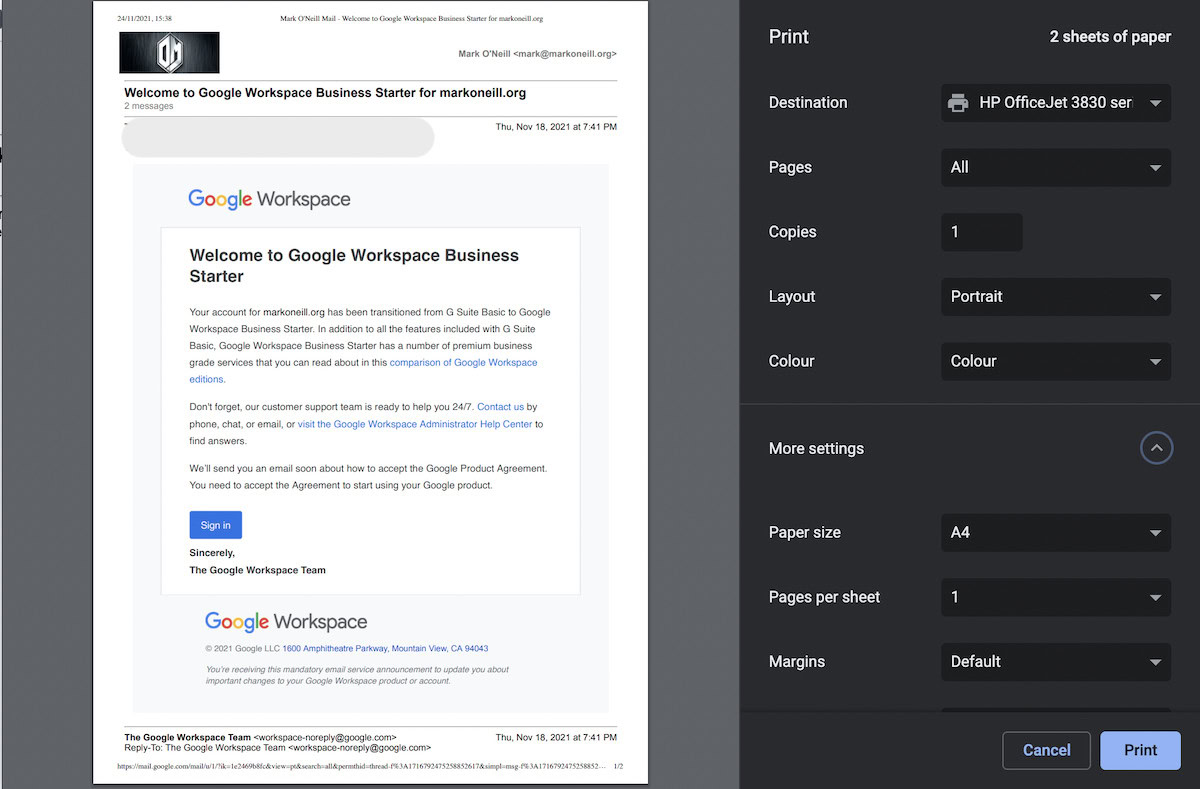
Even though the trend these days is digital files and a paperless office, sometimes printing an email will be necessary. To print an email in Gmail, click the printer icon at the top right of the screen. You will then see a properly formatted email preview, along with various other options.
How do I set up email forwarding in Gmail?
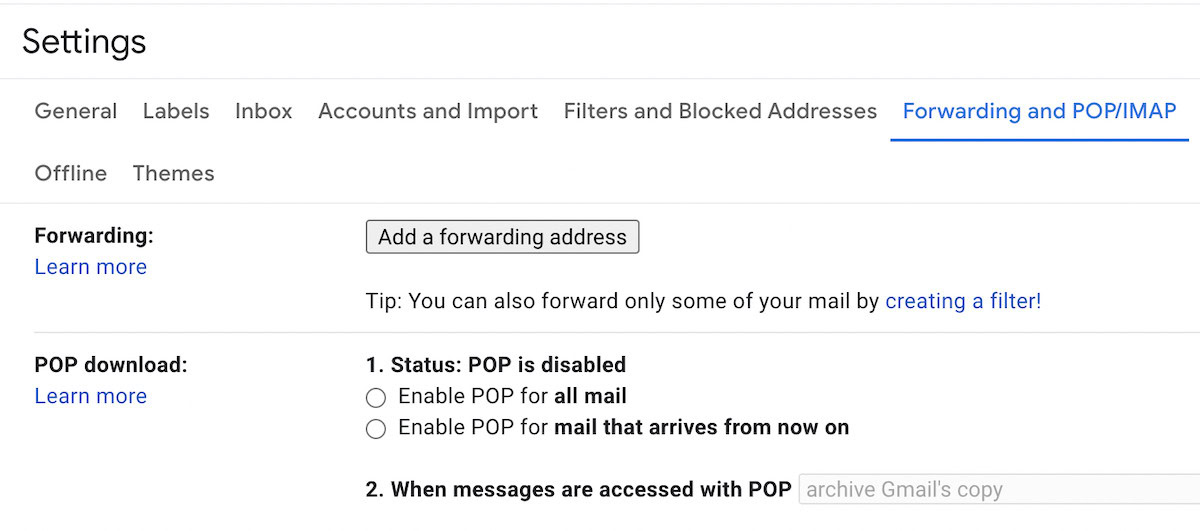
If you want to forward some or all of your Gmail email, you can do this in the settings. You can set up a forwarding email address by going to the Forwarding and POP/IMAP section. You can also specify whether the original stays in the Gmail account or if it gets deleted or archived.
More Gmail features FAQs
Yes – Galaxy Watch, Pixel Watch, and Apple Watch let you check Gmail, as well as many other brands.